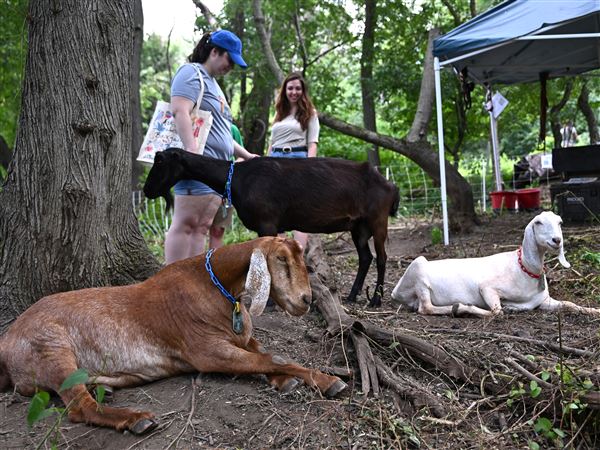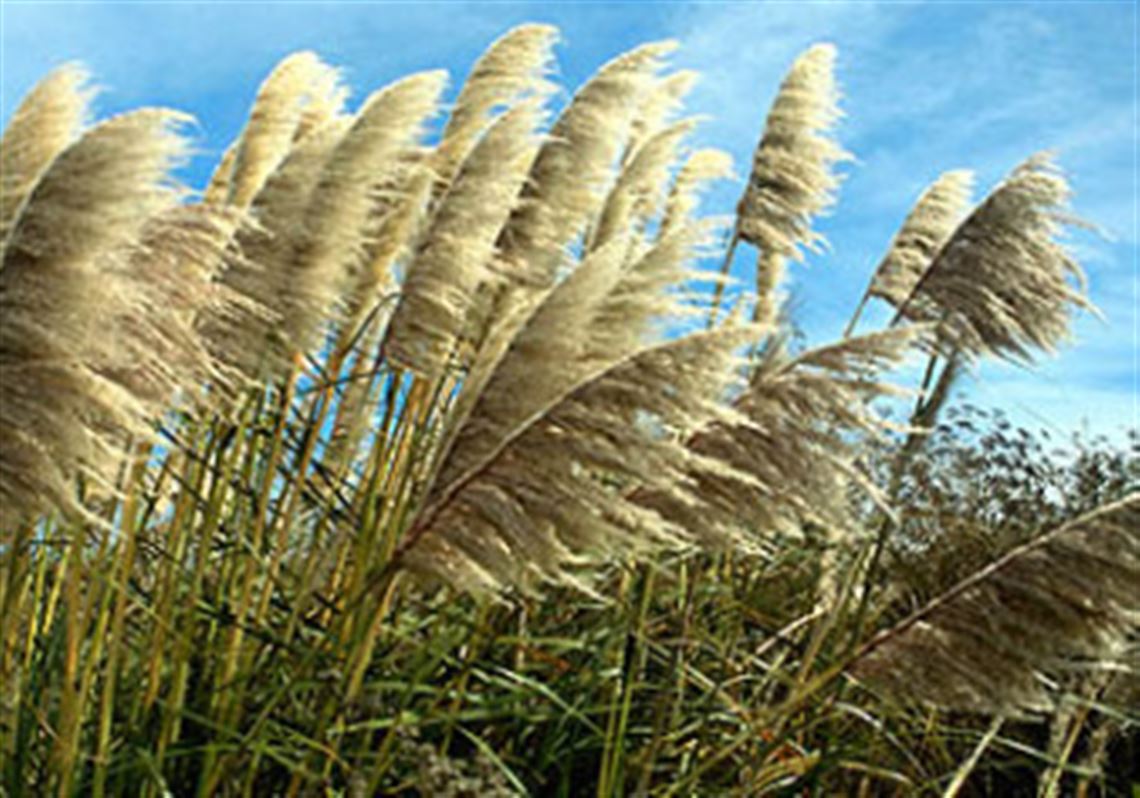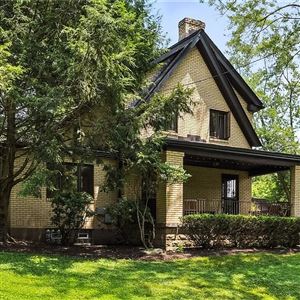Question: We have a rather large pampas grass plant. What is the best way to reduce its size? In the past I have split it and given pieces away to be replanted by others. However, that seems to make the remaining plant even larger the next season.
Answer: In correspondence with the writer, I suggested he dig up the entire plant, divide it and replant a very small division. However, the plant has outgrown its allotted space, and he has run out of people who want a piece of it. Now he just wants to know how to kill it.
I doubt he really has pampas grass (Cortaderia spp.) because it is not generally considered winter hardy in our climate. Some varieties are hardy to USDA Zone 6, but most are hardy only to Zone 8. It may be one of the maiden grasses (Miscanthus spp.) or Ravenna grass (Saccharum ravennae). Any of these can quickly outgrow its space in the garden.
Most of our ornamental grasses are warm-season grasses. They are best planted and/or divided in spring only; fall divisions often fail because they do not have time to become established before winter cold hits.
Getting rid of an overgrown, well-established ornamental grass can be a chore. They usually have large root systems and are difficult to dig up. Rather than trying to dig the entire clump, you can dig it out piecemeal. If you leave roots behind, they will probably re-sprout next spring. Just dig out the re-sprouts, and eventually you will be rid of it.
Late summer-early fall applications of a nonselective herbicide such as Round Up (glyphosate) can be very effective. If you can find Roundup Pro or another product with 41 percent glyphosate such as Eraser (Agway), it would probably be more effective than the homeowner formulations. The stronger herbicides are more likely to be available at a commercial turf and landscape or farm supply store.
Because glyphosate is nonselective, you must use it carefully to avoid getting any of the spray on desirable plants or lawn areas. It takes 10-14 days for it to work, so do not be discouraged if the grass does not die immediately after you spray. Ornamental grasses are tough, and it might take more than one application to get rid of it for good.
Late summer-early fall is a good time to make herbicide applications because plants are translocating the products of photosynthesis to their roots for storage over the winter. Spring applications are often not as effective because the movement of sap in the plants is up and out.
Question: Two years ago, we had a large tree removed. Now lots of mushrooms grow in the lawn where the tree used to be. I wouldn't care so much, but we just got a puppy. He is constantly trying to eat them. The mushrooms are worse during rainy weather but are evident even without rain. How can I get rid of them?
Answer: The mushrooms are the fruiting bodies of wood rotting fungi growing on the wood left behind when your elm tree was removed. Even if the stump was ground out, there is a lot of wood left from the tree's roots. You would have to remove all of the remaining wood to get rid of the mushrooms. There is no chemical treatment that will prevent their growth.
Because it would be a herculean task to remove all of the decaying roots, it is easier to remove the mushrooms whenever they appear. You might be able to fence off the area temporarily, until the wood has decayed sufficiently or the puppy outgrows his fascination with the mushrooms.
While many species of wild mushrooms in Pennsylvania are safe to eat and delicious, there are many that are very toxic. Never eat wild mushrooms without guidance from an expert. If you are interested in learning more about wild mushrooms, check out the Western Pennsylvania Mushroom Club at www.wpamushroomclub.org/.
First Published: November 7, 2009, 10:00 a.m.















